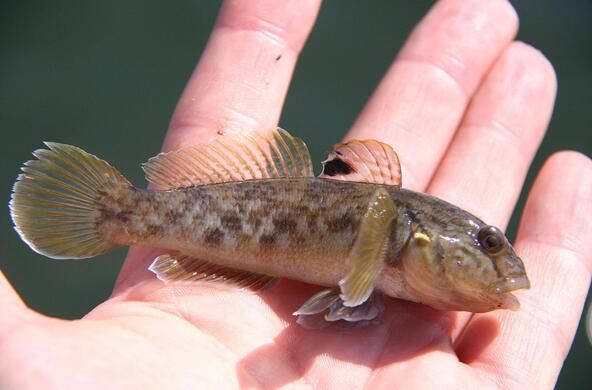I just took a day off from following the baseball playoffs to attend a daylong conference on Hudson River monitoring at the Cary Institute, and was reminded of the importance of up-to-date, accurate information in both baseball and environmental management.
Let me ask you to make a simple baseball decision: it’s the 6th inning – do you pull your starting pitcher in favor of a reliever? If you don’t know anything else about this scenario, you’ll be a little up in the air. By the 6th inning, many starters will begin to tire, so maybe it’s time to switch pitchers. But some pitchers will still be going strong. The best you can do here is play the odds, and maybe pull the starter.
You can make a much better decision if you have specific information about the situation. Maybe the starter has had 5 days rest and has given up just one hit in the game. You keep him in. On the other hand, maybe he’s been struggling and has been hit hard over the last 2 innings. There are no outs, 2 men on base, and the batter coming to the plate has clobbered your starter all year. You pull him.
(Or if you don’t follow baseball, think of it this way: suppose you go to two different doctors, one of whom knows only that you’re a 59-year-old woman, while the other knows your full medical history and talks with you regularly about your concerns and health goals. Which doctor will be able to provide better care?)
Talks at the conference highlighted just how much good information we’ve been able to collect over the past few decades about the Hudson, and how widely that information has been used to manage the river. We know where the sturgeon spawn and overwinter; how many acres of plant beds are in the river, how that acreage has been affected by storms, and how valuable those plant beds are to fishes and other animals; which parts of the Hudson are most likely to be safe to swim in, and how weather affects their safety for swimming; how fish populations have changed through time (and a whole lot of other things).
As in baseball, you also need to know about your opponents, and we know a lot about the threats that are facing the Hudson: sea-level rise, invasive species coming in through the Erie Canal, obsolete dams that block migrating fish, harmful algal blooms, redevelopment of the river’s shoreline (and a whole lot of other things).
All of this information allows environmental managers and advocates along the Hudson to make smart decisions that are especially tailored to our local situation, just like the baseball manager or doctor who has a wealth of information. Such wealth is not typical for all rivers: most rivers across the US and around the world are far less studied and understood. A few years ago, I found that many US rivers the size of the Hudson had had only about a tenth as much scientific study as the Hudson. The people who manage these rivers are in the situation of the baseball manager who knows only that it is the 6th inning and have to decide whether to pull the starting pitcher – they have to do what is usually good for rivers, not what is best for their particular river and threat. So we’ve been really fortunate about how well the Hudson has been monitored, and how well that information has been used.
But in environmental management as well as baseball, you need to keep up to stay in the game. Last year’s rookie who was such a sucker for the curve ball has learned over the winter how to hit that pitch, the speedy base-stealer has lost half a step to aging knees, and the opposition’s new pitcher seems to be throwing some new kind of slider that no one can hit. A baseball team needs to keep up with the changing world if it wants to keep winning.
And the world of threats that the Hudson faces is changing more rapidly than ever. Climate change is accelerating, land uses along the river and in the watershed are changing, new invasive species are arriving, strange and dangerous human-made chemicals are appearing in the environment, sea level is rising, and we can expect to see surprising new threats that we’re not even thinking about now.
When I left the conference last week, I thought: if the Hudson were a baseball team (“the Stripers”?), I’d be feeling pretty good about our chances for next year. There was a lot of vitality in the room – many people who care deeply about the river, and plenty of good data being collected (including a rejuvenated program at Cary Institute) and applied. But the Hudson’s opponents are tough and always changing. As any baseball fan will tell you, stop paying attention and spending money on the team, and you’ll be astonished at how quickly you can fall into the cellar.
So if you’re a fan of the Hudson, get out there and root for the team. Support one of the advocacy or research organizations that focus on understanding and protecting the Hudson. And write to your state legislator once in a while to urge them to spend some money to monitor and manage our valuable river.








